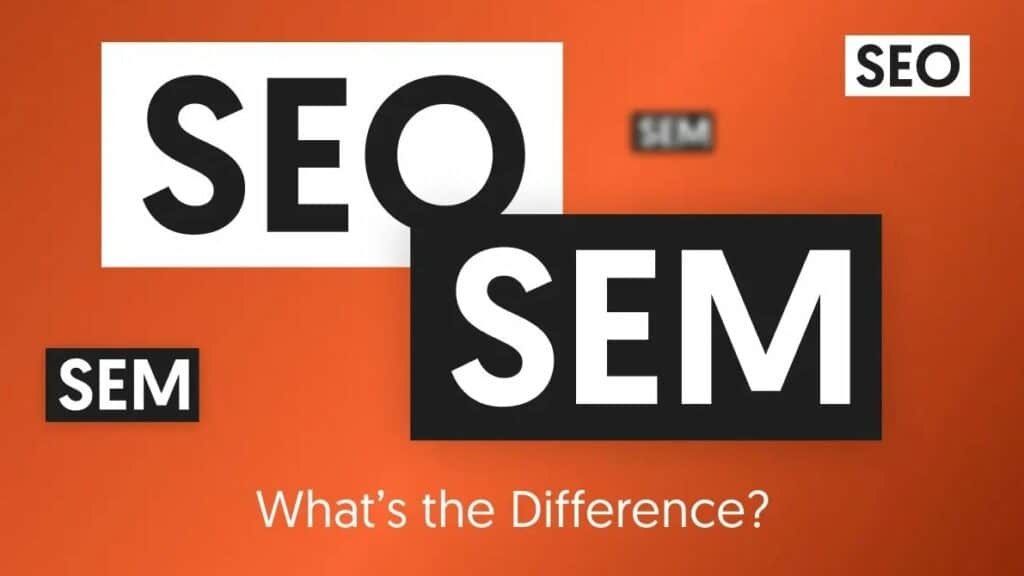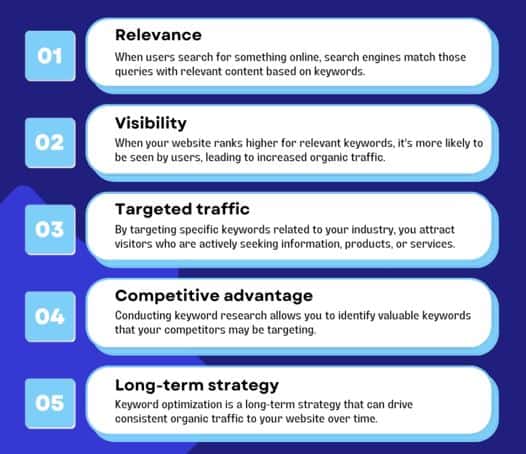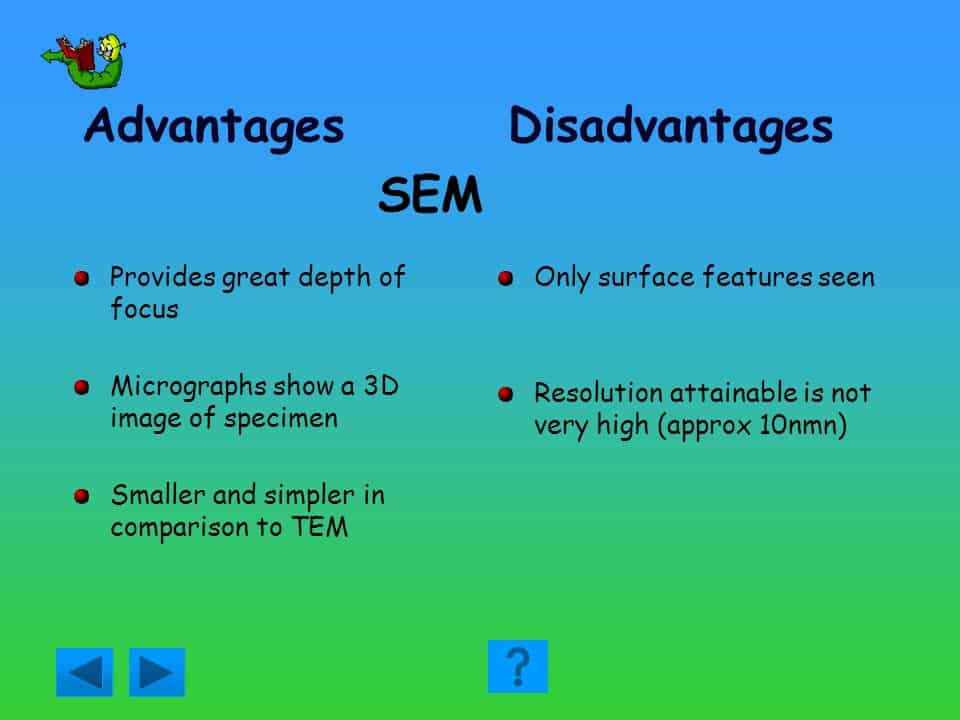Are you looking to improve your online presence? You might be wondering whether to focus on SEO or SEM. Both strategies can help your business grow, but they work in different ways.
SEO aims to improve your website’s ranking in search results over time. It involves optimizing your content and website structure. SEM, on the other hand, uses paid ads to get quick results. The right choice for your business depends on your goals, budget, and timeline.
SEO is great for long-term growth, while SEM can give you immediate visibility. Many businesses use both to get the best results. Let’s explore how each strategy works and how you can use them to your advantage.
Key Takeaways
- SEO builds long-term organic growth, while SEM provides quick visibility through paid ads
- Your choice between SEO and SEM should be based on your business goals, budget, and timeline
- Using both SEO and SEM together can create a powerful marketing strategy for your business
Understanding SEO and SEM
SEO and SEM are key strategies for boosting your online visibility. They use different methods to help your business appear in search results. Knowing how they work can help you pick the right approach.

Definitions and Differences
SEO stands for Search Engine Optimization. It’s about improving your website to rank higher in organic search results. SEM, or Search Engine Marketing, includes paid ads in search results.
SEO is a long-term strategy. You focus on creating good content and building links to your site. This helps you get free traffic over time.
SEM gives you quick results. You pay for ads that show up at the top of search pages. This can bring in traffic right away, but you have to keep paying for it.
Both methods aim to get you more visitors from search engines. SEO is free but takes time. SEM costs money but works fast.

The Importance of Keywords
Keywords are vital for both SEO and SEM. They’re the words people type when they search online. You need to use the right keywords to reach your target audience.
For SEO, you add keywords to your website content. This helps search engines understand what your pages are about. Good keyword use can boost your rankings in organic results.
In SEM, you bid on keywords for your ads. When someone searches those words, your ad may show up. Picking the right keywords helps your ads reach the right people.
It’s important to research keywords for both methods. Look for words that match what your customers are searching for. Use these in your content and ads to improve your results.

Advantages and Disadvantages
SEO and SEM have unique strengths and weaknesses. Understanding these can help you choose the right strategy for your business goals and budget.
Pros and Cons of SEO
SEO offers long-term benefits for your website’s visibility. It builds trust with users who prefer organic results.
Pros:
- Cost-effective in the long run
- Improves website quality and user experience
- Builds lasting brand credibility
Cons:
- Takes time to see results
- Requires ongoing effort and updates
- Can be complex to implement correctly
SEO is great for businesses looking to establish a strong online presence over time. It’s ideal if you have a limited budget but can invest time and effort into your website

Pros and Cons of SEM
SEM provides quick visibility through paid ads. It’s perfect for time-sensitive campaigns or new businesses needing immediate traffic.
Pros:
- Instant results and traffic
- Highly targeted ads
- Easy to measure and adjust
Cons:
- Can be expensive, especially in competitive industries
- Stops working when you stop paying
- Ad fatigue can reduce effectiveness over time
SEM works well for businesses with larger budgets who need fast results. It’s also useful for testing new products or markets quickly.

Strategy Development
Crafting an effective digital marketing strategy involves setting clear goals and finding the right balance between SEO and SEM. These approaches can work together to boost your online presence and reach your target audience
Setting Goals for Your Business
Start by defining what you want to achieve with your digital marketing efforts. Do you aim to increase website traffic, boost sales, or build brand awareness? Your goals will shape your strategy.
For SEO, you might focus on improving your search rankings over time. This can lead to steady, organic growth in site visitors.
With SEM, your goals may be more immediate. You could target quick wins like increased click-through rates or conversions from paid ads.
Consider your budget and timeline when setting goals. SEO typically requires a longer-term investment, while SEM can deliver faster results.

Determining the Right Mix
Finding the ideal balance between SEO and SEM depends on your unique business needs. Consider these factors:
- Budget: SEM requires ongoing ad spend, while SEO costs are mainly upfront.
- Timeline: SEM offers immediate visibility, but SEO builds lasting value.
- Target audience: Research where your ideal customers spend time online.
- Competition: Analyze your rivals’ strategies to find gaps you can exploit.
You might start with a heavier focus on SEM to gain quick traction. Then, gradually shift more resources to SEO as your organic presence grows.
Remember, these strategies aren’t mutually exclusive. A mix of both can help you reach your business objectives more effectively.

SEO in Depth
SEO helps your website rank higher in search results. It involves improving your site’s technical aspects, creating quality content, and building links from other sites.

Technical SEO and Website Structure
Technical SEO focuses on making your site easy for search engines to crawl and understand. Start by creating a clear site structure with easy navigation. Use descriptive URLs that include keywords.
Make sure your site loads quickly on all devices. Compress images and use caching to speed things up. Create an XML sitemap to help search engines find all your pages.
Use schema markup to give search engines more info about your content. This can lead to rich snippets in search results, which can boost click-through rates.

On-Page SEO and Content Creation
On-page SEO involves optimizing individual pages on your site. Start with keyword research to find terms your audience is searching for. Use these keywords in your page titles, headers, and content.
Create high-quality content that answers users’ questions. Make your content easy to read with short paragraphs, bullet points, and subheadings.
Use internal links to connect related pages on your site. This helps users and search engines find more of your content.
Optimize your meta descriptions to encourage clicks from search results. Include your target keyword and a clear call to action.

Off-Page SEO and Link Building
Off-page SEO focuses on building backlinks from other websites. Quality links show search engines that your site is trustworthy and authoritative.
Create shareable content that other sites will want to link to. This could be in-depth guides, infographics, or original research.
Reach out to other websites in your industry to build relationships. Guest posting on relevant sites can help you get quality backlinks.
Use social media to promote your content and build your brand. While social signals aren’t a direct ranking factor, they can lead to more visibility and natural links.

SEM in Depth
Search Engine Marketing (SEM) is a powerful tool for businesses to gain visibility online. It involves paid advertising strategies that can quickly boost your website’s presence in search results. Let’s explore the key components of SEM

Ad Campaigns and Google Ads
Google Ads is the most popular platform for SEM campaigns. It allows you to create Pay-Per-Click (PPC) ads that appear above organic search results. These ads can give you immediate visibility for your target keywords.
To set up an effective campaign:
- Choose relevant keywords
- Write compelling ad copy
- Set a budget
- Define your target audience
Your ad copy should be clear and persuasive. It needs to grab attention and encourage clicks. Remember, you only pay when someone clicks on your ad.
Google Ads offers different ad formats:
- Text ads
- Display ads
- Video ads
- Shopping ads
Each format suits different goals and industries. Pick the one that best fits your business needs.

Bidding Strategies and Ad Targeting
Bidding is a crucial part of SEM. You compete with other advertisers for ad space. The higher your bid, the more likely your ad will show up.
Common bidding strategies include:
- Manual CPC (Cost-Per-Click)
- Automated bidding
- Target ROAS (Return on Ad Spend)
Ad targeting helps you reach the right audience. You can target based on:
- Location
- Demographics
- Interests
- Search intent
Refined targeting can improve your conversion rates and lower costs. It ensures your ads reach people most likely to be interested in your products or services.
Use detailed analytics to track your campaign performance. This data helps you adjust your strategy for better results.

Landing Page Optimization and UX
Your landing page is where users end up after clicking your ad. It needs to deliver on the promise made in your ad copy. A well-designed landing page can boost your conversion rates.
Key elements of an effective landing page:
- Clear, compelling headline
- Relevant content
- Strong call-to-action (CTA)
- Fast load times
- Mobile-friendly design
Focus on user experience (UX). Make it easy for visitors to find what they’re looking for. Remove distractions and guide users towards your desired action.
A/B testing can help you improve your landing pages. Try different layouts, copy, and CTAs to see what works best. Small changes can lead to big improvements in your conversion rates.

Measuring Success
Tracking the right metrics is crucial for evaluating your SEO and SEM efforts. You need to know which key performance indicators matter most and how to interpret the data.-

Analytics and Reporting
To gauge the effectiveness of your SEO and SEM campaigns, you must rely on detailed analytics. Set up tools like Google Analytics to track website traffic, user behavior, and conversions.
Pay close attention to:
- Organic search traffic
- Paid search clicks
- Bounce rates
- Time on site
- Conversion rates
These metrics will help you understand how users interact with your site. Look at which keywords drive the most traffic and leads. Compare the performance of your organic and paid search efforts side-by-side.

Adjusting Strategies for Maximum Impact
Use the insights from your analytics to refine your approach. If certain keywords aren’t performing well, consider adjusting your content or bidding strategy.
You might need to:
- Optimize underperforming pages
- Increase bids on high-converting keywords
- Improve ad copy to boost click-through rates
Don’t be afraid to experiment. Try A/B testing different ad variations or landing pages. Keep track of changes you make and their impact on measurable results. This will help you continuously improve your SEO and SEM campaigns over time.

SEO vs. SEM for Different Types of Businesses
Different businesses have unique needs when it comes to online marketing. Your company size and goals play a big role in choosing between SEO and SEM strategies.
Considerations for Small Businesses
For small businesses, budget often limits marketing choices. SEO can be cost-effective long-term, as it doesn’t require ongoing ad spend. You’ll need to invest time in creating quality content and building links.
SEM might give you faster results, but it can get expensive. It’s great for targeted campaigns or seasonal promotions. You can control your budget and adjust quickly.
Think about your goals:
- Quick sales: SEM
- Building brand awareness: SEO
- Local customers: Both (local SEO + geo-targeted ads)
Your return on investment may take longer with SEO, but it can pay off big in the long run.

Benefits for Large Enterprises
Large enterprises often have more resources to invest in both SEO and SEM. You can create a powerful mix of strategies for maximum impact.
SEO builds brand credibility over time. When you rank high for important keywords, customers trust you more. It’s great for thought leadership and establishing authority in your industry.
SEM lets you dominate search results pages. You can bid on competitor keywords and capture market share quickly. It’s highly scalable – you can easily expand to new markets or product lines.
Key benefits for large businesses:
- Wider reach
- Data-driven insights
- Ability to test and optimize
By combining SEO and SEM, you create a robust online presence that covers both immediate and long-term growth.

Choosing the Right Marketing Agency
When deciding between SEO and SEM, picking the right marketing agency is key. A good agency can make a big difference in your success.
Look for a digital marketing agency with a proven track record. Ask to see case studies and results from past clients. This will give you an idea of their skills and experience.
Check if the agency offers both SEO and SEM services. Some firms specialize in one or the other, but having both can be helpful.
Ask about their approach to ROI. A good agency should be able to show how their work will bring value to your business.
Consider the agency’s communication style. You want a team that keeps you updated and explains things clearly.
Remember that SEO is an ongoing effort. Make sure the agency has a plan for long-term success, not just quick wins.
Look for an agency that understands your industry. They should know how to increase your brand credibility in your specific market.
Don’t be afraid to ask questions. A good agency will be happy to explain their methods and strategies.
Finally, trust your gut. Choose an agency you feel comfortable working with long-term.








